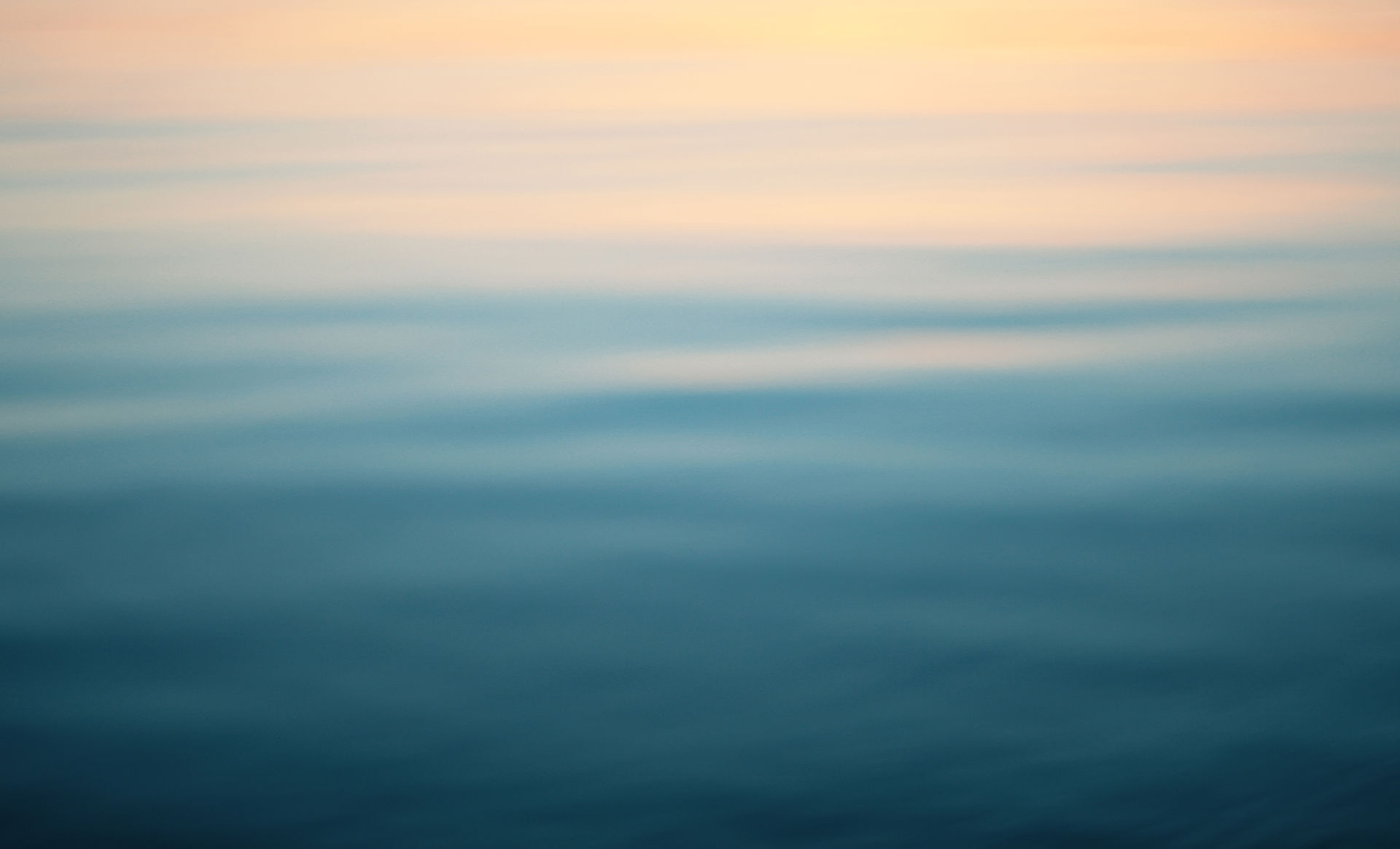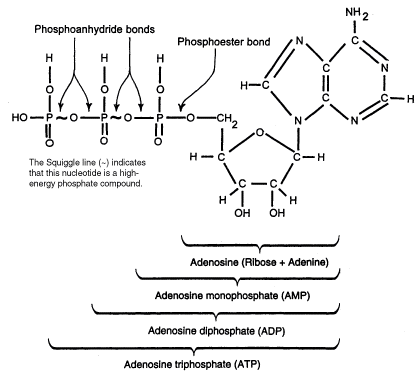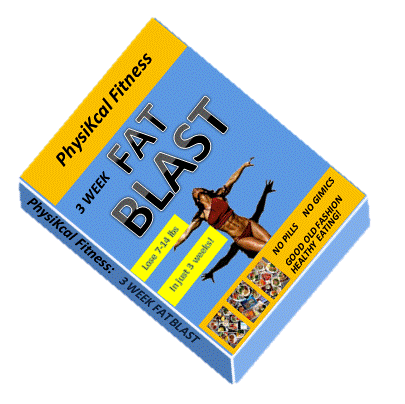
EDUCATION ZONE
Have a question or want to know more about a particular topic. Why not ask a question? We will try do write an article a week based on questions from our audience.
* ALWAYS SEEK PROFESSION/MEDICAL HELP BEFORE STARTING OR CHANGING ANY EXERCISE REGIME.
Fueling For Your Ride
Interesting Fact: 1 slice of white bread has as much sugar as energy gel, plus slightly more complex carbs
What and when should you eat? It all boils down to fitness levels relative to ride intensity!!!
There are many, many factors (listed below) that should be addressed to answer this question accurately. But let’s assume we take your average cyclist, of average size & lifestyle who just wants to improve on the bike.
We eat to fuel our body. What does this actually mean? In order for your muscles to contract they need energy. This energy is stored via the ATP molecule (adenosine Tri-Phosphate). In order to produce ATP your body has to break down glucose (Through glycolysis, the Tricarboxylic Acid Cycle and the Respiratory chain).
The problem is if you haven’t got enough carbs (glucose is the simplest form of carbohydrate) then your body has to use an alternate fuel source, your fat stores. However this is a slow process and will not produce ATP fast enough to meet your energy needs. So you BONK, or at least Performance suffers.
By consuming glucose and other sugars (which get broken down to glucose) your body has a constant supply and can use these instead of or as well as your carbohydrate stores. Ensuring you never run out of the only fuel that can provide the energy quick enough for you to maintain your performance.
With all that said, when and how much?
TRAINING/RIDE INTENSITY
There are 30 riders in your group. Regardless of the ability of the group there will be 4-8 strong riders 4-8 very weak riders who are quite new to the group and the rest lay somewhere in between.
The important question as to how you fuel yourself boils down to this.
“At which point and for how long do you use carbohydrates
As you're fuel source rather than fat”
If you know the answer to this then you will never BONK, HIT THE WALL or RUN OUT OF ENERGY ever again.
If you ride at an Ave heart rate of 60% of your max HR it means most of the fuel you are using will be fat. If you ride at 80+ Ave HR then most of fuel will be from your carbohydrate stores
LOW INTENSITY - NO FOOD/FUEL AT ALL
If it’s a steady ride, with no sprints, no hill climbs that make your heart rate rise (meaning your muscles have to work harder and your energy requirements increase) then you should not need to consume food at all during a 3 hour ride. Your energy will come purely from your fat stores.
HIGH INTENSITY - FOOD EVERY 30 MINS
If your ride is hard from the start then your body will require a huge amount of energy. It cannot break fat down fast enough (although it will continue break it down and use it) so it uses its readily available carb stores. Most people have enough carb stores to last about 30-40 mins of hard exercise (assuming you are fuelled up before hand). In this scenario you need to be constantly adding carbs into your body. Sugars are absorbed into the blood stream quickly and if you can keep your blood sugar high (relatively) then the sugars get transported quickly to the working muscles to be used.
SPORTS DRINKS generally have glucose in them. This is the sugar your muscles need (all other sugars carbs get broken down to glucose). By constantly sipping every few minutes you’re slowly topping up your blood sugar levels and this can be used directly to fuel your muscles.
GELS/BANANAS/ BREAD / SNACKS often have a mix of simple sugars like glucose and more complex ones. This means taking a gel, for example, once every 30 minutes, some sugars are absorbed immediately (1-5 minutes), some are absorbed at a more medium rate (5-15minutes) and other absorbed slowly 15-30 minutes. At this point it’s time to get another gel into you to repeat the process.
Which is better? Neither, they both do the same thing. Once you sip constantly the other you take once. Depending on the pace may depend on how often you can drink or grab a gel or banana.
HIGH & LOW INTENSITY RIDES - AS NEED BE
So this is what most of you experience when you’re on your club ride. Easy sections and flat out sections.
For the steady section you do not need fuel, for the hard sections you need it. So when do you eat.
10-15 minutes before the climb or fast section
Immediately after the climb or fast section or every 30 mins during it
Eating before will ensure your blood sugar is not low. After you have finished the hard section (assuming its 20-30 minutes of hard work) your sugar levels may have dropped. Taking carbs on board will ensure they stay high (relative).
So it’s easier said than done, especially in races. You don’t always know when the hard bits are coming.
The golden rule is
HEART RATE
If you’re working hard you will need food every 30 minutes. Check your heart rate, know what you’re working at and fuel accordingly.
DON’T LEAVE IT TOO LATE
By the time you have bonked it is too late and will take 10-20 minutes for any fuel you’re putting in to make a significant difference and get you back to riding at a decent pace again.
HOW MUCH
Most coaches in most sports will tell you 100-150kcals per 30 minutes of exercise. This is often 33%-50% of the total energy expended. Remember in 30 minutes an athlete could burn up to 500kcals. Most sports including cycling involve a mix of higher and lower intensities, at lower intensities fat will be used as the fuel source and not carbs. So there is no need to replace 100% of the calories you have burned.
FINAL WORD
Experiment. If something works for your team mate, it may work for you. Of course it may not. The only way to find out is to try all food/gels etc and in different combinations. Different rides call for different fueling. So plan ahead.
Other Considerations
GOALS
If someone is trying to lose weight then over eating during a ride will certainly not help their goal of weight loss. They will also however likely have low carbohydrate stores due to calorie restriction.
WORK REQUIREMENTS
How active or manual is their job. This can make a huge difference to how your body is fuelled before you get to the start line.
FAMILY REQUIRMENTS
As with work, some people are fairly active with their family. Maybe you have been watching your daughter play soccer all morning with plenty of time to fuel up. Or perhaps it’s your busy day and you’re nonstop fixing everything around the house before the ride.
EATING SCHEDUAL
This tie's in directly with the two points above. I personally work from 8am until 12noon on a sat then am out riding at 1pm with the group for 4 hours. Breakfast is at half 7, then nothing until 12 (a long time for myself) then another large meal. However on a Sunday I work 8am for one hour then go straight to the ride. So it’s a big meal 7:30am then ride at 9:30 with no more big food. What I eat & drink those days will differ massively
TASTE / ALLERGIES
Some people don't like gels, for others too many bananas cause issue. Anyone with allergies may not be able to have what you had, no matter how much it helps you on your ride.
GENERAL DIET
Someone who eats lots of carbs is less likely to need as many during the ride (as their stores are full). Anyone dieting or who hasn't eating much the few days before will find their carb stores are low and thus will need more when riding
OTHER TRAINING
Many cyclist just cycle however not everyone. If you have had a few big days of sport or have some to follow, you may need to consume vastly more carbs overall, including on your ride, to ensure they maintain high after your ride
SIZE OF THE CYCLIST
Or the basal metabolic rate. Basically the bigger more muscular you are the more calories you need to consume. While two gels and a banana may do for one person it may not be enough for someone a lot bigger.
WEATHER
On hot rides you will sweat more so replacing salts become more important. Adding a sports drink with electrolytes and bananas may be better than carrot cake on a hot day.






Nick Wachter BA Hons
Personal Trainer & Conditioning Coach
PhysiKcal Fitness: November 2012








